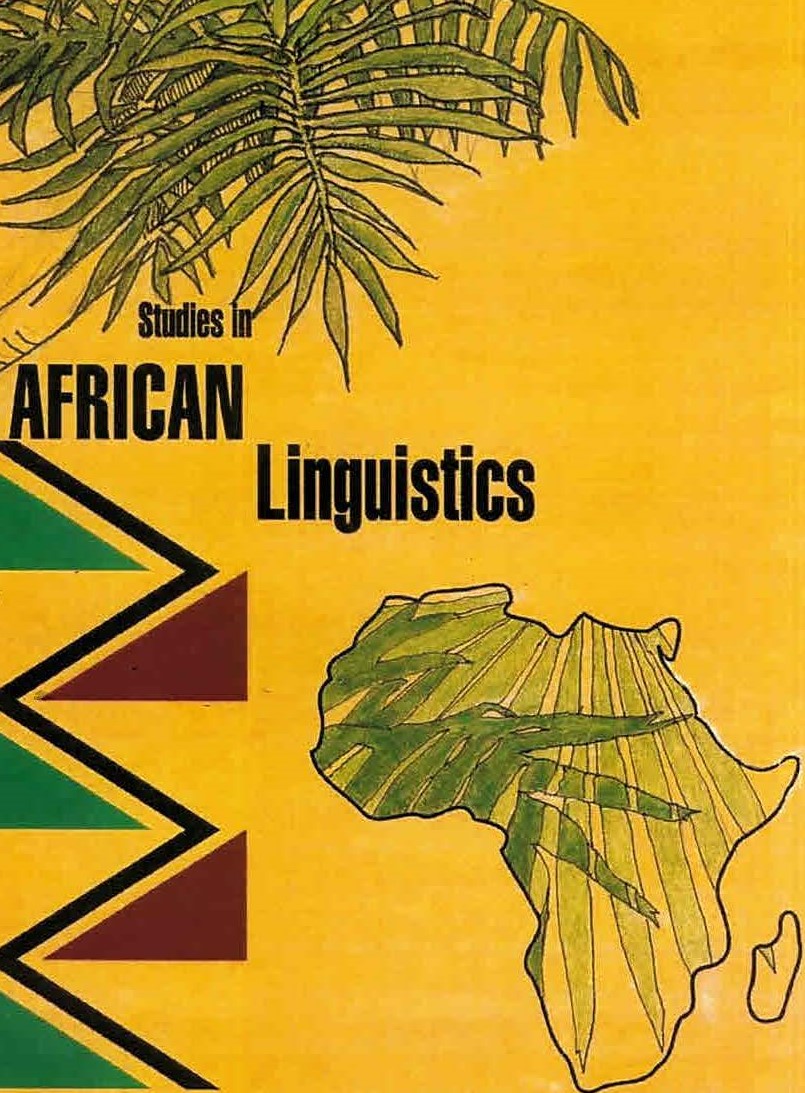Yorùbá Sentential Negative Markers
DOI:
https://doi.org/10.32473/sal.v50i1.120778Palabras clave:
negative markers, allomorphs, form-interpretation mismatch, mood and aspect, YorùbáResumen
The main claim of this paper is that Yoruba has only four sentential negative markers, kìí, kò, kọ́ and má, contrary to a traditional assumption that there are six of them (Fabunmi 2013). It is argued that these markers can be subcategorized into two morphemes: the k-morpheme and the má-morpheme. The k- and má-morphemes are distinguished based on mood. The k-morpheme is used in realis mood while the má-morpheme is used in irrealis mood. Kìí, kò, and kọ́, which are taken to be allomorphs of the k-morpheme, are distinguished based on aspect and focus. It is shown that when the SN markers occur in a different modal-aspectual environment, this generally gives rise to the kind of form-interpretation mismatches described for functional items in Carlson (2006).
Descargas
Publicado
Número
Sección
Licencia
Derechos de autor 2021 Taofeeq A. Adebayo

Esta obra está bajo una licencia internacional Creative Commons Atribución-NoComercial 4.0.


